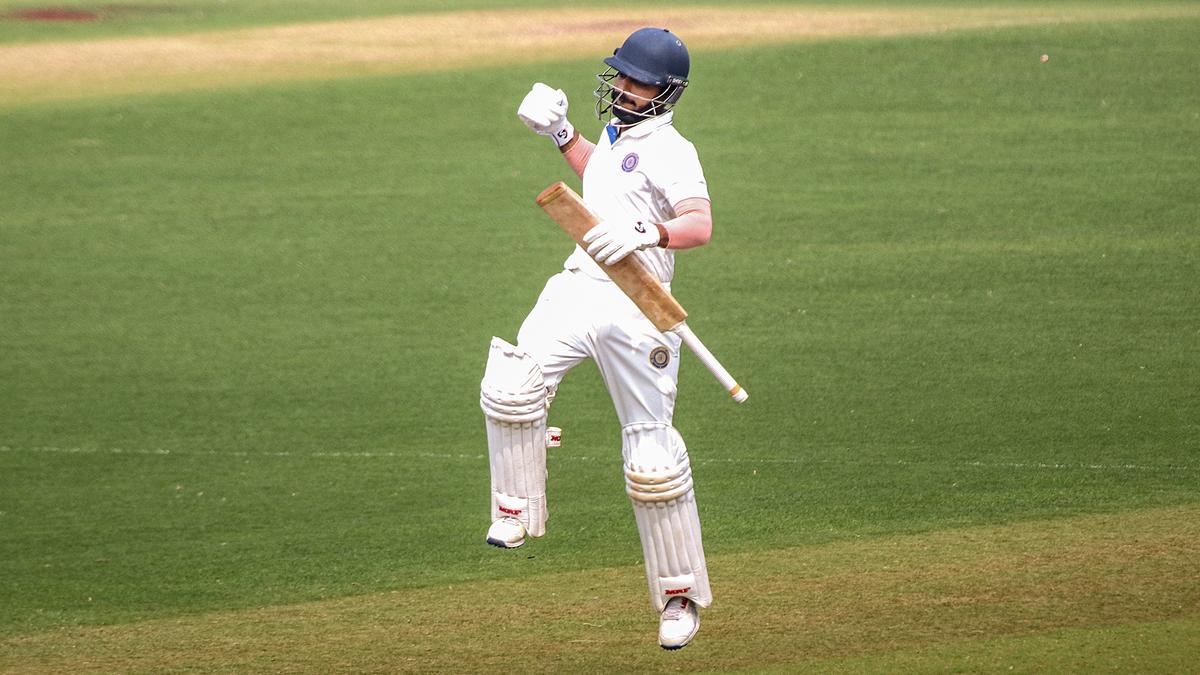Ahead of the final One Day International (ODI) between England and India in Durham, the elephant in both teams’ dressing rooms is undoubtedly the upcoming 50-over World Cup.
Every success, failure, experiment—or absence of one—is now being scrutinised for its feasibility in the ODI showpiece in India.
England’s spin struggles – with bat and ball – became a major weakness during the five-match T20I series and the two ODIs thereafter.
In the T20I leg of the tour, Indian spinners took 25 of the 40 English wickets to fall. England’s tweakers only managed nine of India’s 23 dismissals.
“We’re all very different bowlers. As English spinners, we bowl the ball with a bit more pace on it, so it might end up going to the boundary a little quicker,” off-spinner Charlie Dean told reporters ahead of the series-deciding ODI in Durham.
“Maybe our batters are a little more susceptible to spin than those of India. They are brilliant sweepers. They use their feet, and they really come hard at us, which is something we look to emulate with the bat. But we try to stay away from comparisons because you may get a bit lost.
England’s Charlie Dean in action against India in the second ODI.
| Photo Credit:
Reuters
England’s Charlie Dean in action against India in the second ODI.
| Photo Credit:
Reuters
“Take Deepti (Sharma). She just hammers the stumps and changes pace. It works really well for her. We want to try and emulate that, but without trying to be something we’re not. The Indian bowling attack has been so disciplined on this tour. I guess (we want to) learn from the way they go about (things).”
World Cup dress rehearsal
Dean was not deployed in the first two T20Is but has not missed a game since. England, for all its shortcomings and visible lack of solutions against India, lost the T20I series 2-3.
However, it has managed to keep the ODI series alive with an all-round performance in a truncated 2nd ODI at Lord’s. The decider offers the English an ideal simulation for crunch games at the World Cup.
“We’ve seen bilateral series where we’ve done really well. And then when it comes to World Cup games or tournament cricket, we’ve maybe not had momentum or not been clinical in those pressure moments. So, any chance that we can emulate that in a bilateral series is perfect practice,” Dean added.
Dean celebrates the wicket of India’s Shafali in the first ODI of the five-match series in England.
| Photo Credit:
Reuters
Dean celebrates the wicket of India’s Shafali in the first ODI of the five-match series in England.
| Photo Credit:
Reuters
Accuracy seems to be the word on top of Dean’s notes.
“Predominantly in English conditions, I bowl a lot of scrambled seam balls and try and skid onto the stumps. While that has its place, potentially in Indian conditions, where you get a bit more favour and a bit more turn, I can look to slow it down and really try to spin the ball, which sometimes I go away from because I feel like if it’s turning too much, I might miss the stumps.
“It is building a portfolio of skills that I can hopefully use in the World Cup. I’m definitely going to try and give it a good spin and try not to go too far from that in the ODIs because that’s what is effective and it brings in all forms of dismissals.”
“Having that innate sense of ‘I’m going well here’ and really backing that no matter what situation I come into is something that I’ve probably not had in my international career for a while,” she added.
Consistent messaging
A huge part of that ecosystem of encouragement is head coach Charlotte Edwards.
“She’s really consistent. Winning a game and losing a game are reflected upon very similarly. That’s what really good head coaches do,” Dean said.
“When you’ve got a World Cup coming up, it doesn’t matter too much about the results beforehand, as long as you take those learnings and quickly improve. I guess that’s maybe where frustrations are….if we’re making the same mistakes. But hopefully that won’t continue to happen as much as we grow and get better,” Dean added.







